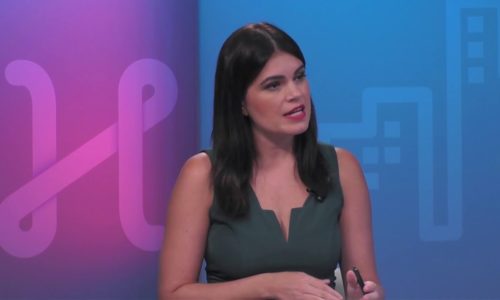Facelift Procedure |
Jaime Flores, Cosmetic & Reconstructive Surgeon, talks about facelift procedure and its risks while showing a bio digital graphic during his explanation.
He says the key to success in this procedure is to work very carefully the nerves that are around the eyes, mouth and ear.
Probably, the most common risk of surgery is damage to nerves located in the face, especially one that controls sensation to the ear. If that nerve is injured, it could cause its numbness.
Transcript
We’re talking about cosmetic surgery and we’re talking a lot about facelifts and we have a bio digital graphic here of how a facelift works as well as some of the risks that can occur when you have one so we’re gonna point out what we tighten doing a facelift via the deep structures the first thing we do is this is the platysma muscle it’s a very big Fanning muscle actually cows have the strongest platysma muscle because they’re chewing all day so they’re very strong as we age this muscle separates in the hisses for all the motion so we make a small incision here right underneath the jaw and we actually tighten this muscle all the way down to about your your thyroid cartilage and we elevate the skin just the skin all around the entire face we don’t go past the lip structures here and we don’t go past the eye those are where the nerves become very superficial you can damage them then we come to the back we go behind the ear and we elevate so there are two surgery areas meet now you see there’s nerves to control your lip motion so we were careful not to be so deep so that we can injure those nerves and then along this vein here there’s another nerve that controls the sensation to your ear all right so we’re very careful not to injure those that’s probably the most common risk of surgery is damage to that nerve which causes numbness to the ear so in women when they’re blow-drying on hot they can burn their ear again the structures on here we tighten these muscles superiorly there’s all that sagging down sometimes this little yellow stuff is fat herniation from the cheek sometimes we trim those or tighten them not to lose the volume again the other pull since we’re tightened anteriorly the pool is posterior behind the ear and up








